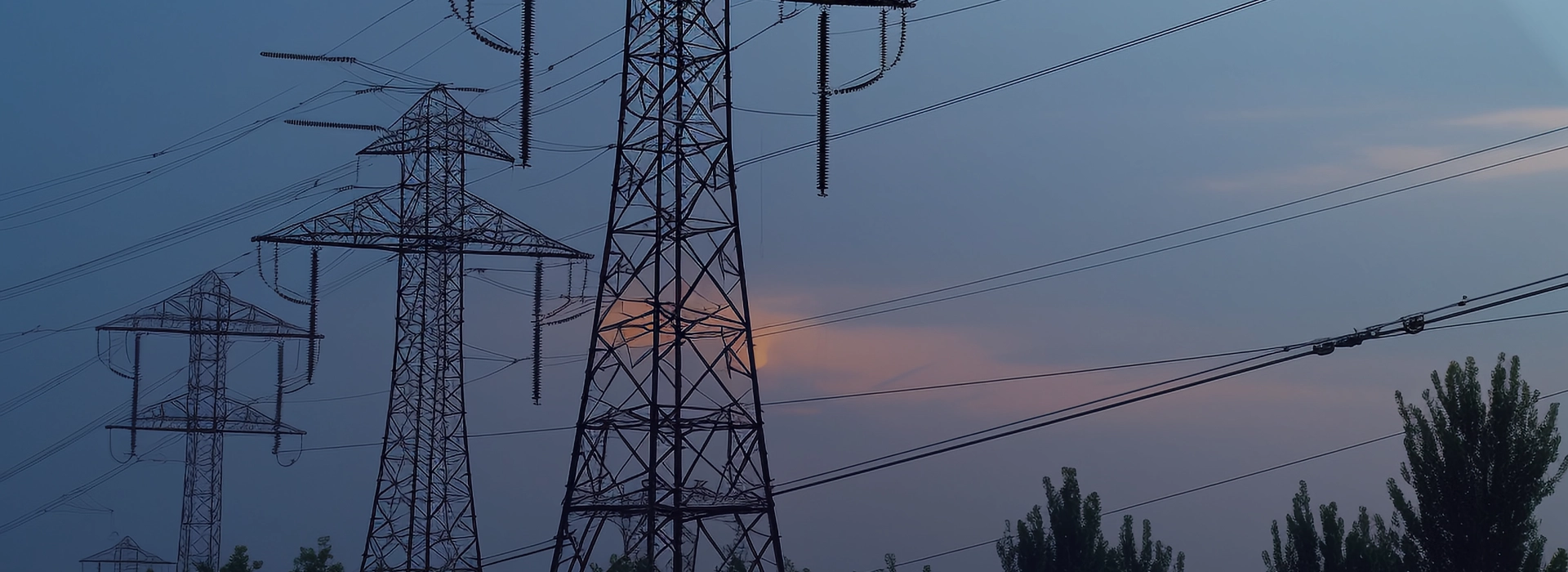Yemen: General Electricity Corporation Procurement Project – Cables and Conductors Supply
Project Overview
Project Name: The Supply of Conductors RFP #901274
Owner: General Electricity Corporation
Key Deliverables
#4/0 AWG Quad Aluminum Conductor (Code Name: Walking)
#4/0 AWG Triplex Aluminum Conductor (Code Name: Lepas)
394.5 KCMIL AAAC 19-Stranded Conductor (19 x 0.1441″)
#6 AWG Triplex Aluminum Conductor (Code Name: Hippa)
155.4 KCMIL #2/0 Aluminum Alloy Conductor (Stranding: 7 x 0.149″)
Project Update
In Yemen, the long-term unrest has caused severe damage to its power infrastructure, and the problem of power supply shortage is extremely serious. In the past, Yemen’s power industry was overly dependent on oil as fuel. This single energy structure is not only extremely vulnerable to fluctuations in international oil prices, but also puts heavy pressure on the environment. In addition, due to years of war, power facilities are aging and damaged, many areas have been in a state of power shortage for a long time, and the power supply is extremely unstable, which seriously restricts the local economic recovery and improvement of people’s livelihood. Relevant data show that Yemen’s power supply is far from meeting the daily needs of the people, and it is even more difficult to support economic development. Restoring and improving power supply capacity has become a core issue that Yemen urgently needs to solve.
At the beginning of the project, it faced many complex and difficult challenges. The harsh local construction environment, safety hazards caused by war, and difficult logistics and transportation conditions have brought many obstacles to the advancement of the project. However, all parties actively coordinated and worked together to deal with it. Chinese companies maintained close communication with Yemen General Electric Company and carefully formulated a detailed and flexible construction plan. To ensure the smooth transportation of the products, the tense situation in the Red Sea and the rising cost of marine insurance were successfully overcome. By optimizing the transportation route and selecting reliable logistics partners, the cables arrived in Yemen as scheduled.
During the installation phase, the technical team carried out operations in strict accordance with international standards and construction specifications. For the laying of ACSR #1/0 cables, engineers fully considered the local topography and the growth trend of future electricity demand, and carefully planned the route. In some areas with complex terrain, advanced construction technology and equipment are used to ensure that the cable laying is both stable and safe. The installation of HDPE UN 15KV AW – OC cables focuses on ensuring their insulation performance and resistance to environmental interference. The construction personnel carried out meticulous inspections on each connection point to ensure that the connection is firm and eliminate safety hazards such as leakage. During the installation of the grounding cable Wire, Grounding, Galvanized, 5/16″, 3 Strands, Soft Annealed Iron”C”, the grounding standards were strictly followed to ensure a good grounding effect, thereby improving the stability and safety of the power system. After intensive construction and commissioning, this batch of Chinese cables successfully passed the commissioning test of the project. After they were put into use, they effectively improved the power transmission conditions in some parts of Yemen. In areas where the power supply was originally unstable, the voltage fluctuations have been significantly reduced, and the reliability of the power supply has been greatly improved. Many families have bid farewell to the trouble of long-term power outages, children can study under stable lights, and the quality of life of residents has been significantly improved. For local enterprises, the stable power supply provides a strong guarantee for production activities, and some small factories have been able to resume production, which has effectively promoted the recovery and development of the local economy.


